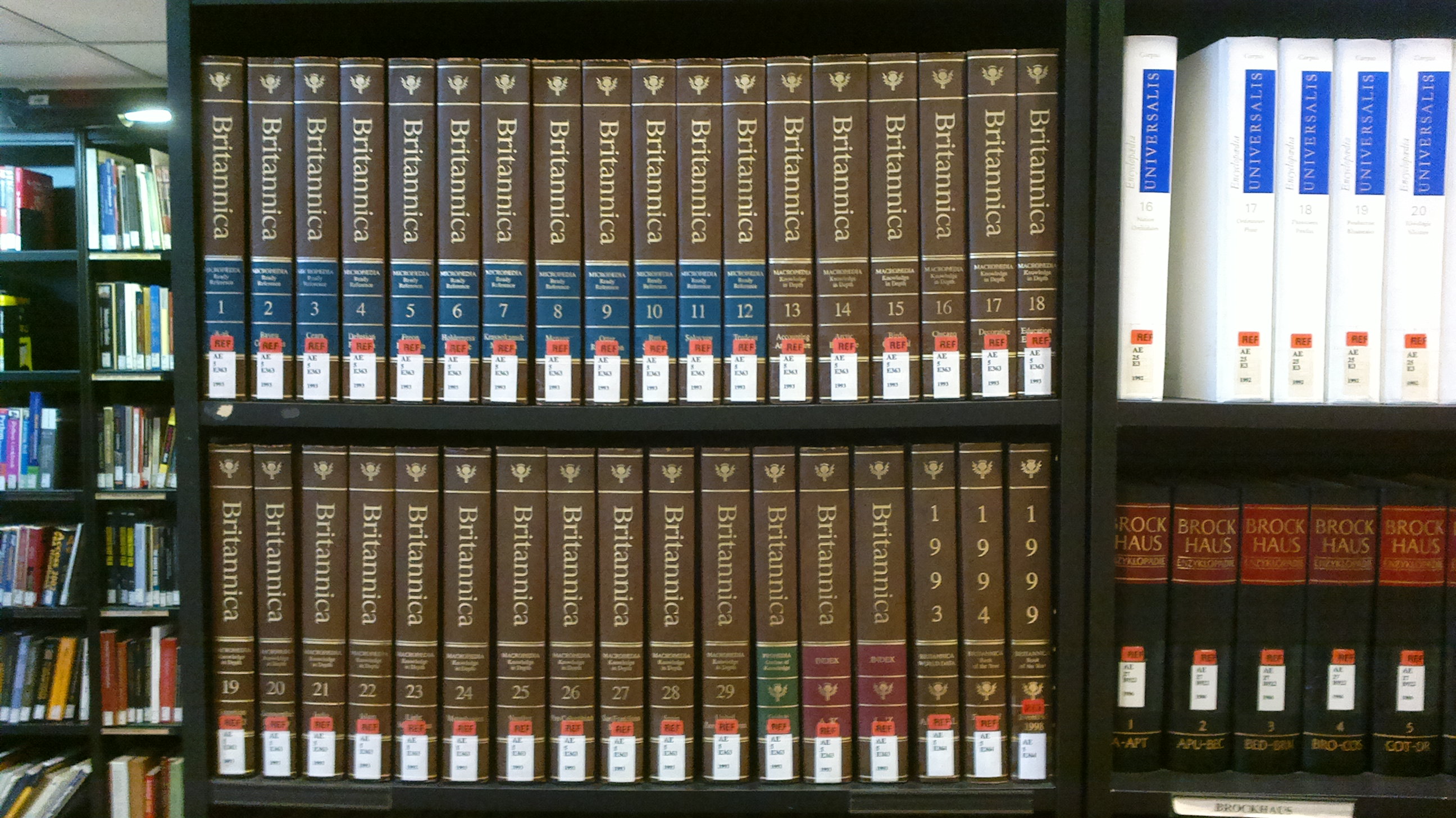Stephen C. Pepper was a contributor to the Encyclopaedia Britannica, 15th edition, that was released in 1974 (and seemed to be the current resource through 2012).
A critical review of the Aesthetics entry specifically mentions Pepper. The section on Aesthetics doesn’t seem to follow the “clans” with a British orientation, with American and/or Continental points of view.
One of the articles that overrides to an admirable extent the clannishness exhibited thus far is the entry on “Aesthetics” by Stephen Pepper and Thomas Munro. The discussion not only includes the historical and contemporary options of the West, but also considers in some detail the interpretations presented by the Orient, the special province of Thomas Munro in this work. This is the only article in the systematic section that gives substantial attention to the Orient, a direction future editors of the Encyclopaedia should be encouraged to follow as a matter of policy in an increasingly global society. And at the same time, the article exhibits more than casual acquaintance with work being done in the sciences on aesthetics. Pepper recommends the study of aesthetics, among other things, as a case study for the philosophy of science, for it is a discipline in process of breaking away from philosophy to become a specialty in its own right. [p 727]
Philosophy is thus viewed as general comprehension and the seat of future specialties. Pepper basically divides approaches to the field into naturalist-hedonistic theories which have been developed in the direction of the scientific approach, and “non-scientific” approaches. The latter category begins with Kant’s analysis of the insight into deeper values afforded by the genius through the harmonization of understanding and sensibility. It includes contextualist emphases upon the qualities that are the objects of experience, organistic emphases upon the wholeness of experience with its objects, formistic emphases upon imitation of the object, expressionist theories, mystical theories as well as linguistic analytical theories. The Oriental section underscores the mystical interpretation, though Munro goes out of his way, by repeating it several times, to claim the possibility of a naturalist interpretation. Pepper’s conclusion calls for an integration of the varying non-scientific approaches with the scientifie, since the aesthetic ought not only to be studied “from without,” but most especially lived through and reflected upon “from within.” [pp. 727-728]
Two deficiencies in an otherwise excellent article might be noted. The limitation of Plato’s notion of art to imitation omits the distinction between imitative artists and divine artists in the Phaedrus and fails to consider Plato’s own practice in myth-making at the end of the Republic. Secondly, Pepper’s description of the limitation of Gestalt theory to dealing with the object does not give any attention to the Leipzig Gestaltists Felix Krueger, Wilhelm Stern, and Philipp Lersch who focused attention upon the status of feeling. But these are minor limitations in an otherwise admirable exposition. [p. 728]
Reference
Wood, Robert E. 1977. “Philosophy in the New Encyclopaedia Britannica.” The Review of Metaphysics 30 (4): 715–52. https://www.jstor.org/stable/20126990

